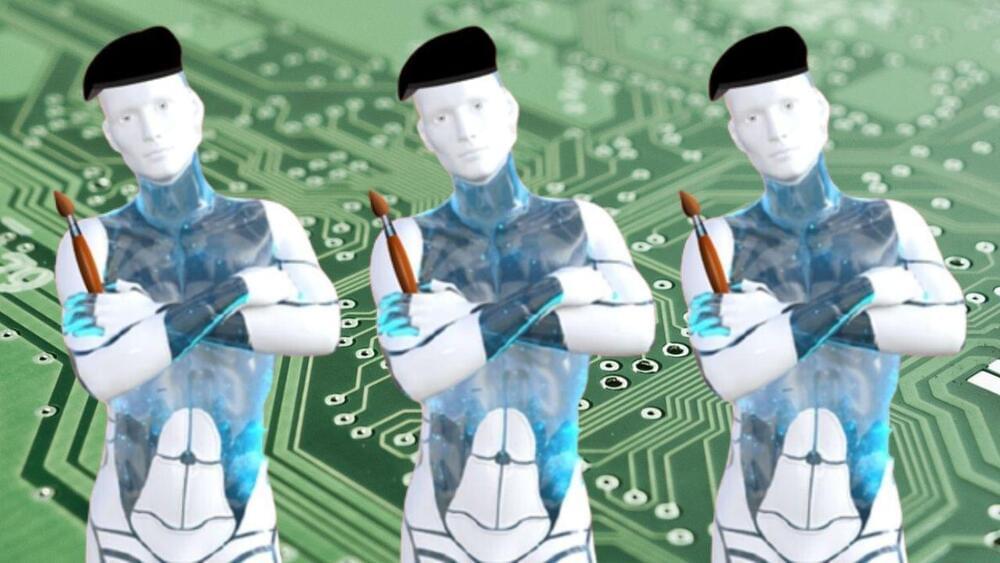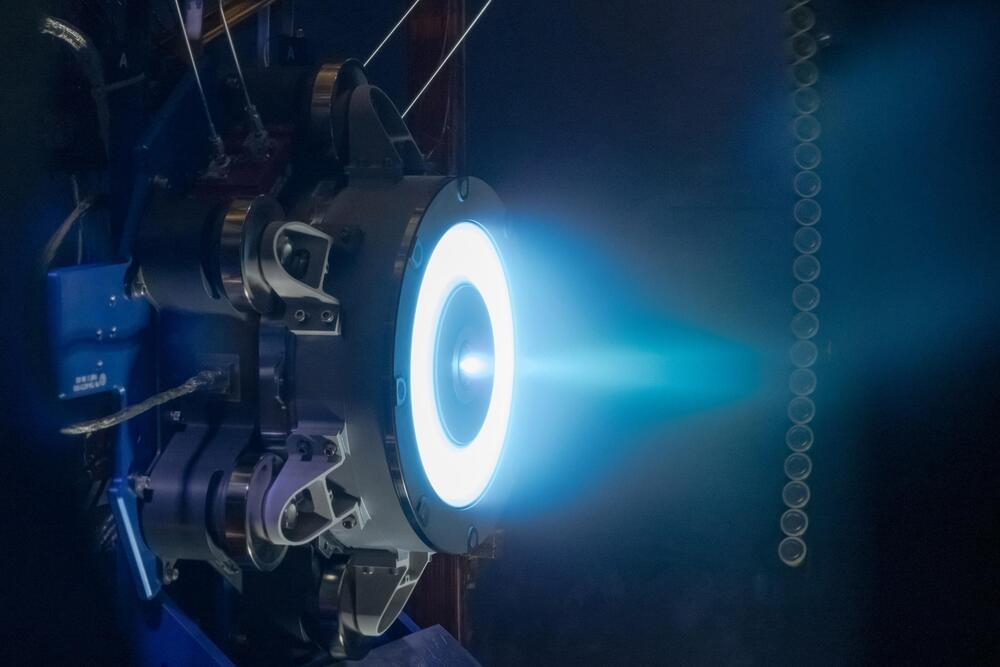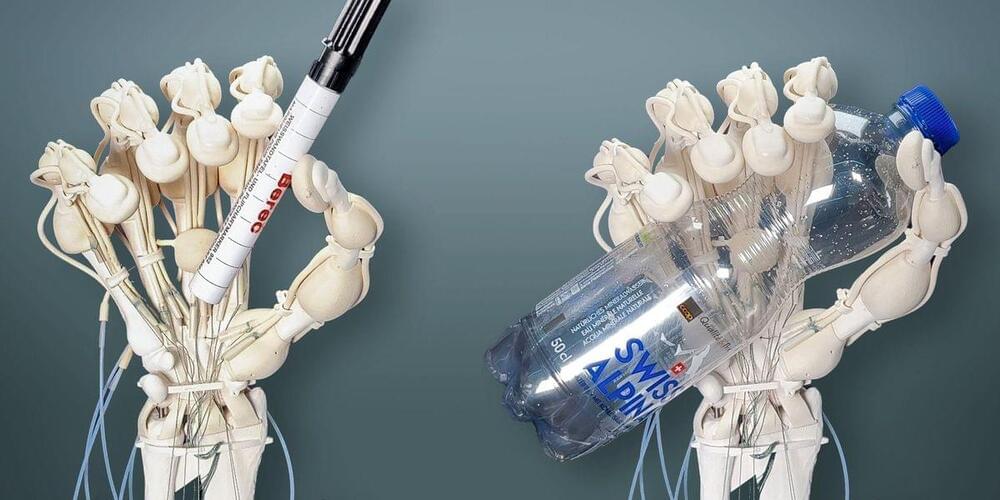In a recent interview, Altman described AGI as a “magic intelligence in the sky,” which sounds an awful lot like a God.



An executive at one of generative AI’s leading companies has quit over the startup’s controversial use of copyrighted content.
Ed Newton-Rex had been VP of audio at Stability AI, which produces the popular image-generator Stability Diffusion, but resigned due to the firm’s treatment of creators.
“I’ve resigned from my role leading the Audio team at Stability AI, because I don’t agree with the company’s opinion that training generative AI models on copyrighted works is ‘fair use’,” Newton-Rex announced Wednesday on X.

USA: Timely diagnosis and treatment are critical to restore blood flow and reduce injury to the heart muscle and increase a person’s chance of recovery after a heart attack.
A recent study has revealed that technology incorporating artificial intelligence (AI) and electrocardiogram (EKG) testing for patients having a heart attack decreased the time to diagnose and send patients for treatment by almost 10 minutes. The findings from the late-breaking science study conducted in a hospital in Taiwan were presented at the American Heart Association’s Scientific Sessions 2023 held from Nov. 11–13, in Philadelphia.
“Modern AI may now be as good as expert cardiologists in diagnosing serious heart attacks,” said lead study author Chin-Sheng Lin, M.D., Ph.D., a professor, director of the Medical Technology Education Center and vice dean at the School of Medicine, at the National Defense Medical Center, in Taipei, Taiwan. “Hospitals can use AI tools more to help front-line doctors, especially those with less experience. This could lead to faster treatment and less mistakes when it comes to treating patients who are experiencing heart attacks.”
Teleportation might just be the next big thing – and no, we’re not talking about sci-fi dreams! Scientists are seriously delving into quantum teleportation, where information about particles is transmitted instantly. It’s currently happening on the teeny-tiny scale, but progress is zooming at warp speed. While teleporting your morning commute might take a bit, the future seems to be knocking at the teleportation door, and it’s saying, “Open up, it’s science!” 🚀🔮
#brightside.
Animation is created by Bright Side.
Music from TheSoul Sound: https://thesoul-sound.com/
Listen to Bright Side on:
Spotify — https://open.spotify.com/show/0hUkPxD34jRLrMrJux4VxV
Apple Podcast — https://podcasts.apple.com/podcast/idhttps-podcasts-apple-co…1554898078
Our Social Media:

The blue hue of the Advanced Electric Propulsion System (AEPS) is seen inside a vacuum chamber at NASA’s Glenn Research Center in Cleveland during recent thruster qualification testing. This 12-kilowatt Hall thruster is the most powerful electric propulsion thruster in production, and it will be critical to future science and exploration missions at the Moon and beyond.
The blue plume is a steady stream of ionized xenon gas ejected to produce low, highly efficient thrust. These electric propulsion systems accelerate spacecraft to extremely high speeds over time using only a fraction of the fuel chemical propulsion systems require, making electric propulsion an excellent choice for deep-space exploration and science missions.
Three AEPS thrusters will be mounted on the Power and Propulsion Element, a foundational component of Gateway. The small lunar space station is critical to the agency’s Artemis missions that will help prepare for human missions to Mars. The Power and Propulsion Element will provide Gateway with power, high-rate communications, and allow it to maintain its unique orbit around the Moon.

As part of its announcement at the Aspen Cyber Summit in New York City today, Google also said that in 2024 it will give 100,000 of the new Titan keys to high-risk individuals around the world. The effort is part of Google’s Advanced Protection Program, which offers vulnerable users expanded account monitoring and threat protection. The company has given away Titan keys through the program in the past, and today it cited the rise of phishing attacks and upcoming global elections as two examples of the need to continue expanding the use of secure authentication methods like passkeys.
Hardware authentication tokens have unique protective benefits because they are siloed, stand-alone devices. But they still need to be rigorously secured to ensure they don’t introduce a different point of weakness. And as with any product, they can have vulnerabilities. In 2019, for example, Google recalled and replaced its Titan BLE-branded security key because of a flaw in its Bluetooth implementation.
When it comes to the new Titan generation, Google tells WIRED that, as with all of its products, it conducted an extensive internal security review on the devices and it also contracted with two external auditors, NCC Group and Ninja Labs, to conduct independent assessments of the new key.


In a breakthrough at CERN
Established in 1954 and headquartered in Geneva, Switzerland, CERN is a European research organization that operates the Large Hadron Collider (LHC), the largest particle physics laboratory in the world. Its full name is the European Organization for Nuclear Research (French: Organisation européenne pour la recherche nucléaire) and the CERN acronym comes from the French Conseil Européen pour la Recherche Nucléaire. CERN’s main mission is to study the fundamental structure of the universe through the use of advanced particle accelerators and detectors.

